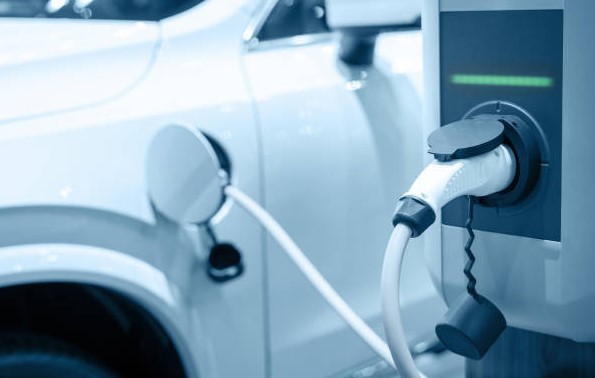The world has been rapidly transitioning to sustainable energy sources in a bid to decrease pollution levels and reduce the reliance on fossil fuels. The transportation sector has been one of the primary sectors contributing to the high levels of pollution and carbon emissions globally. Therefore, electric vehicles (EVs) have emerged as an excellent solution to address these concerns. EVs are considered environmentally friendly since they reduce carbon emissions and noise levels. However, a reported disadvantage of EVs is the perceived lack of charging infrastructure globally. But in Malaysia, the scenario seems to differ as ev station malaysia continue to see growth.

The first reviews regarding the uptake of EVs in Malaysia seemed unlikely to favour a positive outcome. However, the interest for EVs has increased in recent years, and so, the number of EV charging stations has increased too. According to surveys conducted, in 2012 there were zero EV charging stations in the country. This is in contrast to 13 years later, which indicated the presence of more than 400. The increasing number of charging stations has increased accessibility for those owning and using EVs in Malaysia.
The Malaysian government is aiming to make EV charging stations more accessible. To encourage EV usage amongst Malaysians, the government has spearheaded a multiplicity of initiatives and investment in the charging infrastructure space. These actions have helped to encourage organizations to deploy EV charging stations in Malaysia. For example, as part of Malaysia’s 12th Malaysia Plan, the government will subsidize equipment costs to install residential charging stations. Furthermore, the government has also allocated several financial funds to support charging stations’ development in public parking spots.
The charging stations are accessible in different forms, requiring various lengths of time before the charge is complete. More recently, DRIVE Energy, a home-grown renewable firm, announced it would launch its first 180 kW High-Power Electric Vehicle (EV) charging station in Bangsar. The firm promises that its latest charging station can charge up a discharged Kia Niro in 19 minutes or less. On the other hand, Tesla charging technology stations promote both fast and efficient charging, with options taking anywhere from 30 minutes to a couple of hours. Furthermore, the Malaysian government is also looking to adopt wireless charging, where charging pads emit charging rates to EVs within proximity.
Charging stations' growth implies an increased interest from Malaysians and an investment in sustainable energy sources. The forecast of electric vehicle adoption and charging infrastructure support increasing over the decade can also be related to several contributing factors. For example, the impending EV tax exemption, coupled with the government’s move towards sustainable energy, will influence EV pricing and encourage manufacturing companies to focus on developing EV production in the country.
Conclusion:
In conclusion, as more countries look towards a more sustainable future, Malaysia’s developed EV charging infrastructure indicates the country's positive efforts towards a greener tomorrow. The Malaysian government has achieved an impressive feat in increasing the number of charging stations available in the country, promoting EV usage amongst Malaysians. The future is bright, as companies continue to invest in EV charging technology and offering numerous options for efficient charging rates. At the same time, the government will continue promoting the utilization of electric vehicles and increasing the availability of charging infrastructure, contributing to a cleaner and healthier environment in Malaysia.